For 100 Years, the Alaska Railroad Has Been a Critical Artery Pumping Passengers and Freight Through the State
Along with celebrations, the centennial offers a chance to consider the effects the rail system has had on the state and its people
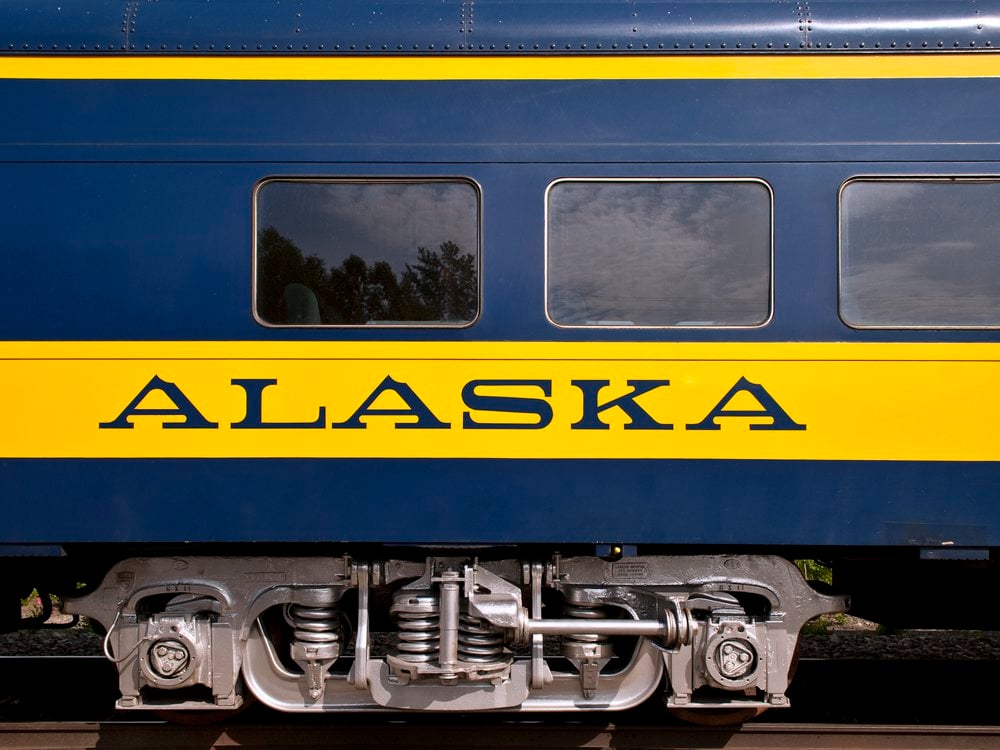
For every 640 square miles in Alaska, there is just one mile of paved road. Which is why, when Congress set its sights on the rugged northern territory for strategic military operations and economic development more than 100 years ago, it chose to develop a different mode of transportation: The Alaska Railroad.
The Alaska Railroad's main artery stretches 470 miles, from Seward in the south to Fairbanks in the state’s interior. In the early 1900s, Congress took an interest in Alaska’s mineral deposits and strategic location and funded a $35 million, eight-year construction project. Beginning in 1914, roughly 4,500 workers utilized pre-existing tracks from two defunct railroad companies, Alaska Central Railroad and Alaska Northern Railway Company, to build the contiguous transportation link up the state.
After its completion in June 1923, President Warren Harding took a tour across the Western United States to Alaska that he called the “Voyage of Understanding.” For about 30 miles between Wasilla and Willow, the president drove the train himself, with the First Lady beside him. His voyage ended in the village of Nenana, where he drove the final golden stake into the ground connecting the railroad’s northern and southern tracks and marking the project’s completion.
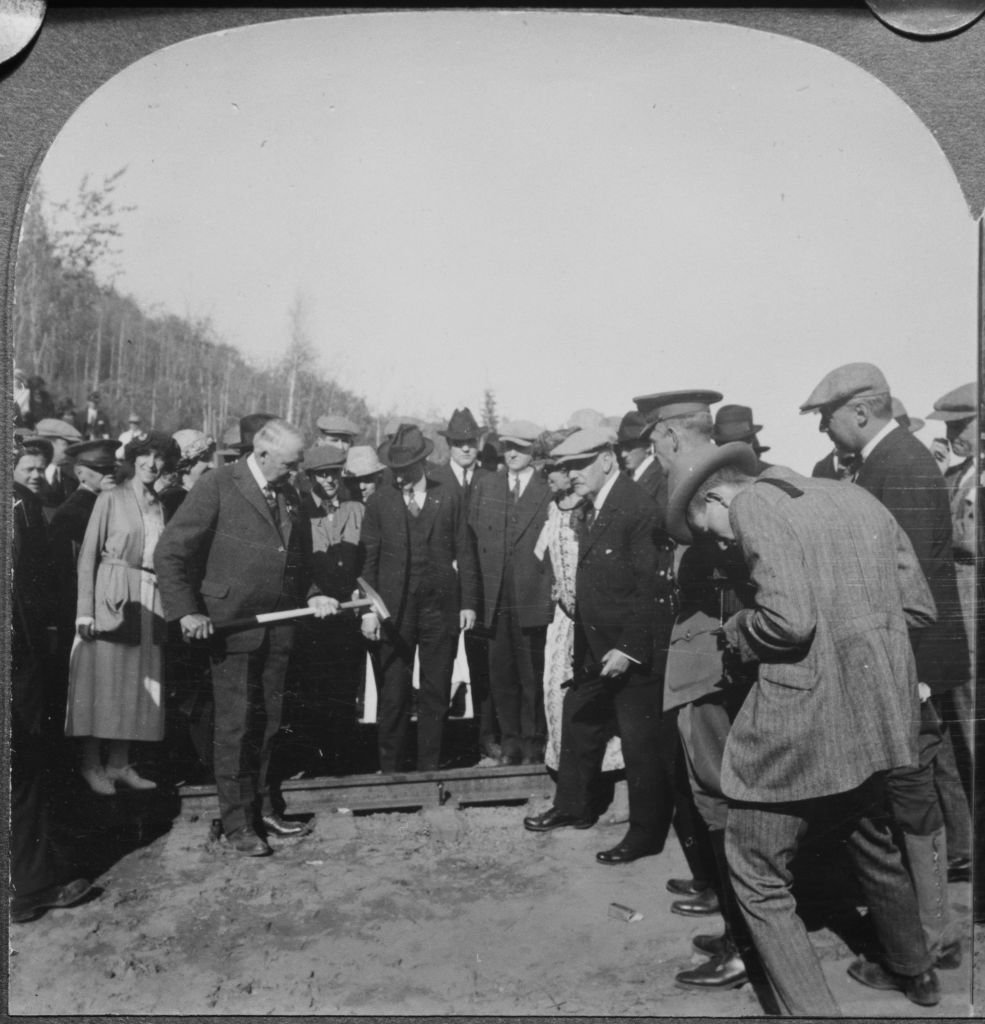
Today, the Alaska Railroad Corporation—a self-sustaining state company managed by a seven-member board of directors appointed by the governor—serves as the primary transportation and freight delivery service to and from remote communities, while also providing a key link to the tourist industry. The rails, which are open year-round, carry about half a million passengers annually from a hub in Anchorage to nine different destinations, including Denali National Park, Chugach National Forest and the Kenai Peninsula. Along the way, travelers have the option to disembark for excursions, such as hiking at the base of North America’s tallest peak or rafting at Spencer Glacier.
“Alaska is such a young state,” says Bill O’Leary, Alaska Railroad’s first state-grown president and CEO. He grew up at the railroad’s northernmost terminal in Fairbanks, where the sound of train whistles were part of the fabric of everyday life. “One hundred years ago, [Alaska] was just wild, vast wilderness, for the most part. For an organization created back in 1923 to be surviving and thriving in 2023 speaks to the importance of the Alaska Railroad to the state.”
This summer, the Alaska Railroad is celebrating its centennial year in business. To commemorate, it is hosting open house celebrations at the Anchorage Depot (May 6) and the Fairbanks Depot (September 23), where the public can experience free rain rides, static displays of railroad locomotives, music and family-friendly activities. Additionally, the company has created a storytelling project, Tales from the Rails, to gather anecdotes and memories from passengers over the years. On July 15, 2023, at the site where President Harding drove the final golden stake, the Alaska Railroad is holding a block party with entertainment, food and a recreation of that pivotal moment. Dignitaries from President Joe Biden and Vice President Kamala Harris to local elected officials have been invited to the ceremony.
Railroad passengers this year will also get to participate in the centennial celebration. From late May to early September, the Alaska Railroad is offering a 12-day Centennial Special to ride the full-length of the historic main line and experience some side excursions. Throughout 2023, train riders will be treated to a special menu, vintage-inspired drinks, keepsake postcards and centennial merchandise.
The railroad over time
The railroad hasn’t always been the tourist magnet and key piece of economic infrastructure that it is today. Between its completion and the start of World War II, the railroad employed 5,400 workers in Seward, Anchorage and Fairbanks, and the train was mostly utilized to move mail, passengers and freight between Seward, Anchorage and Fairbanks.
“The U.S. government at that point recognized the strategic value of having infrastructure like that in an area as vast as Alaska,” O’Leary says. “The railroad was a key piece of infrastructure throughout World War II as a lot of freight was transported from Anchorage up to Fairbanks, where there were large military presences.”
After the war, the railroad was in a state of “disrepair” due to the significant wear and tear without proper maintenance, O’Leary says. As a result, Congress approved a $100 million track rehabilitation program. A great rebuilding took place in the 1950s. Beginning in the early ‘70s, when the Trans-Alaska Pipeline was under construction, the railroad hauled piping materials between Valdez, Seward and Fairbanks. In response to demand, the railroad’s workforce increased to more than 1,000 between 1970 and 1975. But by the mid ‘80s, the railroad was in need of maintenance once again, and the U.S. no longer saw a use for the company. President Ronald Reagan transferred its ownership to the state for $22 million in 1985. For the past 40 years, the line has been owned by Alaska Railroad Corporation with a mission to earn a profit to maintain itself, while also serving the people of Alaska and acting as an agent for economic development for the state.
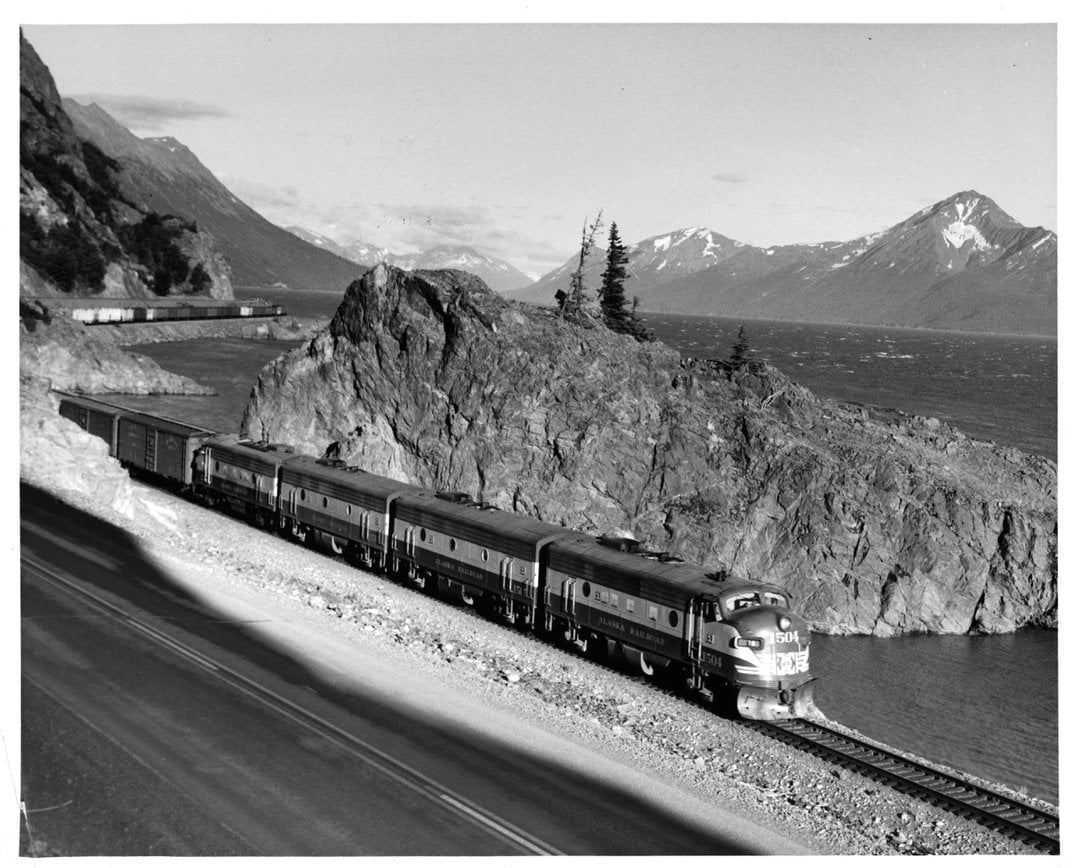
The rise of oil exploration in the state, compounded by the cruise industry setting its sights on Alaska, has helped propel the railroad into today. Now, freight service—including natural resource transportation—accounts for more than half of the Alaska Railroad Corporation’s profits. The rails move major commodities throughout the state and even to and from the Lower 48, including petroleum products, oilfield supplies, gravel, coal and dry goods. Passenger service accounts for only 20 percent of the company’s revenue, though both freight and passenger service hit a record-setting net income of $30.9 million in 2021.
In 2022, the railroad hosted more than 460,000 passengers, about 40 percent of which came through “pull” contracts with the major cruise lines (meaning the railroad contracts with cruise companies to pull their own rail cars from port cities to cruise-owned assets throughout the state), according to Alaska Railroad Corporation’s vice president of marketing and customer service Dale Wade.
“Alaska is so bereft of basic infrastructure,” O’Leary says. “Basic things that other people in the lower 48 just take for granted, we just don't have. So to have 600 miles of rail to be able to provide cost efficient, safe passenger transport, freight transport, [and] real estate services is pretty amazing, and super important to this state.”
The Alaska Railroad's many routes
Passengers today can be transported to off-the-grid wilderness, or to the former gold mining small town of Girdwood. They can visit rehabilitated brown bears at the Alaska Wildlife Conservation Center, or zipline through a national park. If they spend three nights up north by Fairbanks, particularly on the aurora tour, Wade nearly guarantees (with a 90 percent accuracy, he says) they will see the famed northern lights between September and April. The Alaska Railroad offers everything from day trips and excursions from Anchorage, to ten-day long travel packages that capitalize on the state’s 24 hours of light during summer months and snowscape during winter months.
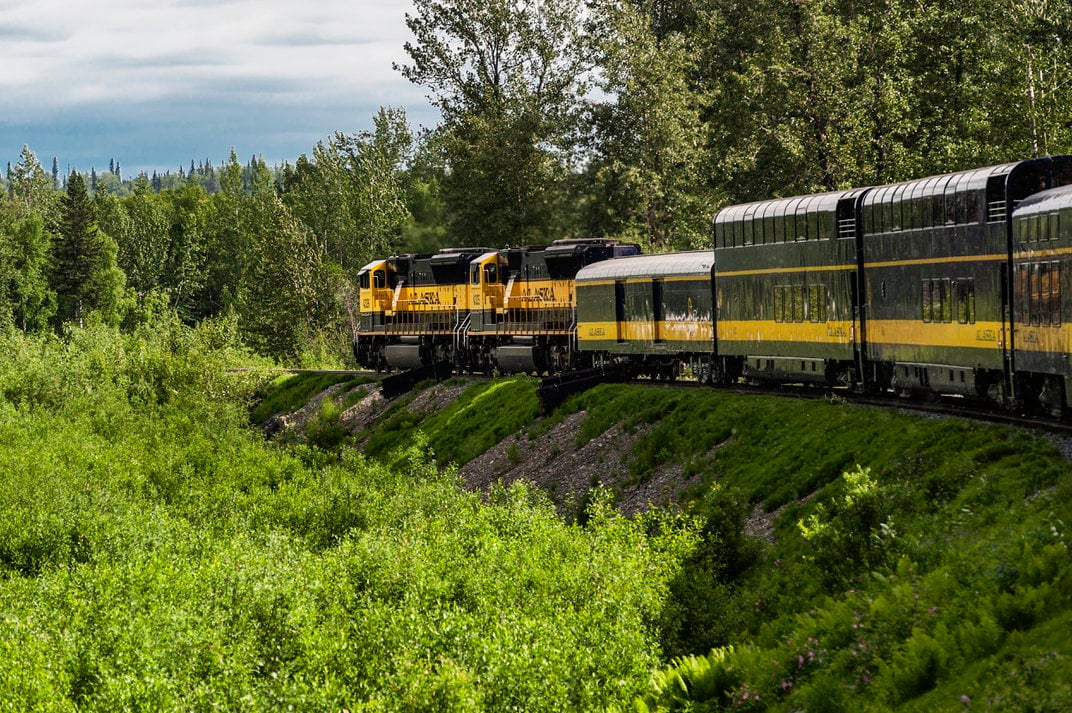
“All of our children are wonderful,” O’Leary says when asked which of the Alaska Railroad’s route offerings is his favorite. “For sheer beauty of the run, the Anchorage to Seward trip is tremendous. You’re off the road system for the majority of it, so you're back into the Chugach National Forest, [and] in areas you can't get to without just dozens of miles of hiking. The rail goes through there and you really see some amazing, amazing scenery. Then you end up in the town of Seward, a great little coastal town.”
Wade says his favorite ride includes a flag-stop, where off-the-grid residents who live along a 50-mile stretch of community called Hurricane Turn wave their handkerchiefs to notify the passing train conductor to pick them up for a ride to the nearest town of Talkeetna. Sometimes, Wade says, they bring their dogs in tow and tourists onboard go wild.
“It's fascinating for travelers from the lower 48 to come and be on a train and realize we are stopping [to pick up locals],” Wade says.
For a “true wilderness experience,” Wade says the Spencer Glacier stop is fantastic. The whistle stop leaves passengers in Chugach National Forest Service to hike just over a mile out to Spencer Glacier, then later rallies them back up by tooting its horn. “If you just want an outing with the kids, get on in the morning, go down to Spencer Glacier and take a hike in the woods, and come back in the evening,” Wade says. “That’s a very typical day trip.”
Those with more time could spend ten plus days touring Interior Alaska on the railroad’s flagship train: The Denali Star. The train heads north from Anchorage on a 12-hour journey to Fairbanks, but passengers can get off and spend time at each of the stops along the way in Wasilla, Talkeetna and Denali National Park.
Alaska Railroad passengers have access to white tablecloth dining services on all rides, except the Hurricane Turn Train, where staff contend there isn’t a great need because riders “are pretty self sufficient.” Additionally, since the early ‘80s, the Alaska Railroad has spearheaded a tour guide program with local school districts to prepare high school students for jobs in tourism. At the end of the school year, the corporation hires stand-out students to serve on summer passenger trains.
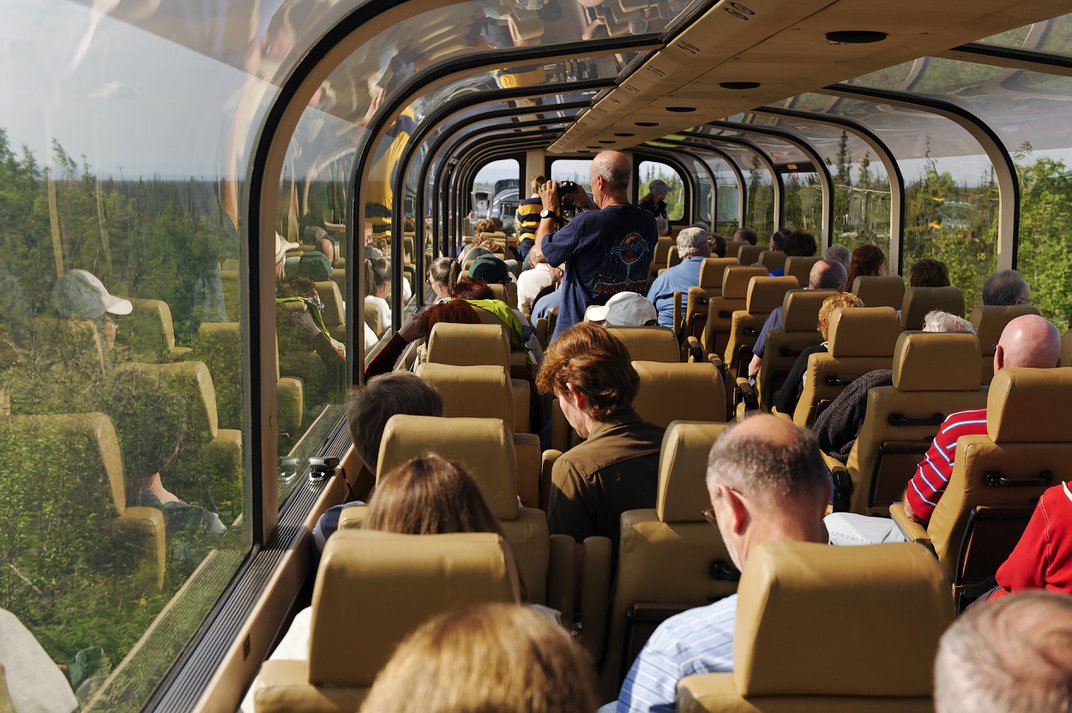
“You don't have professional commentators on board, that's not the design,” Wade explains. “It is the kids that live in and grew up in Alaska, telling the story of Alaska, including the history and what kind of mountains we have and why they're there.”
A more complete history of Alaska
Aaron Leggett (Dena'ina Athabascan) practically has the Alaska Railroad running through his veins: he grew up alongside it in downtown Anchorage, and he is the fourth generation in his family to have worked for the corporation.
Leggett is also the president of the Native Village of Eklutna, the only tribe within what is now Anchorage’s city limits, and perhaps the most impacted by the rise of the railroad.
When Leggett’s grandmother was born in Eklutna Village in 1933—ten years after the railroad was completed—Anchorage was a small town of 5,000 people. When his mother was born more than two decades later, that population had grown to 90,000. By the year Leggett was born in 1981, Anchorage’s population topped 100,000. Since then, it has nearly tripled, and accounts for about 40 percent of the state’s population. The more popular history of the railroad credits its construction in building up Anchorage into the economic and political nucleus of the state, without acknowledging the Natives that were in the area prior.
Leggett says, at the time of the railroad’s construction in 1915, about 5,000 Dena’ina people lived throughout Southcentral Alaska. That population was halved three years later when the Spanish flu touched Alaska. Today, the Dena’ina population still hovers at about half of what it once was.
“The Spanish Flu would have hit Alaska either way, but because of the people here [for the] railroad, [the flu] had a larger impact,” Leggett says. “Had the railroad construction not happened, we probably wouldn’t have lost half our population.”
As a 17-year-old in 1999, Leggett was selected as a summer tour guide aboard the Alaska Railroad. His scripted commentary included virtually no mention of the Alaska Natives who labored on the railroad and whose population was influenced by it. “Or, if there was, it was a very stereotypical view,” he says. “It left a lot to be desired.”
Since then, Leggett’s life mission has been to “change the historical narrative” around his people.
Beginning this May, the Anchorage Museum will host an exhibition dedicated to the Alaska Railroad’s centennial that will look at the history, legacy and impact of the railroad. Artifacts on display will include conductor ticket punches, brakeman and engineer coat buttons, a bell that was used to signal to people that a train was starting to move, and more. The exhibition’s curator—Leggett—says he aims to more accurately recount one of the largest events in Alaska in the 20th century, and include Indigenous voices and perspective into the history. At the time of the railroad’s construction, Alaska Natives were not yet considered citizens of the United States, and were therefore left out of much of the railroad’s history. Although the Indian Citizenship Act of 1924 enabled Alaska Native and Native Americans the right to vote, English literacy requirements in Alaska effectively blocked that right until 1965.
“I grew up knowing how fundamental the establishment of the Alaska Railroad was to the founding of Anchorage,” Leggett says. He’s also been invited by Alaska Railroad to speak to up-and-coming student tour guides about his work this spring, and suggest updates to the onboard commentary. He said he hopes to update the script to provide visibility to Alaska Natives, and to present the positive outcomes the railroad has had on Alaskans—and particularly Alaska Natives—alongside the negative. The railroad brought severe population decline to the Dena'ina people, but it also provided some—including Aaron’s father and grandfather—with stable careers.
“Using the 100th anniversary of the railroad to tell a more complete history of Alaska is what I'm excited about,” Leggett says.
